Think of Florida and you might imagine sunny beaches and theme parks full of roller coasters. But there’s more to this sunny state than just sand and thrill rides. Hidden in plain sight are some amazing state parks, quiet and full of nature, waiting to be explored.
We’ve chatted with folks who’ve ventured off the beaten path and found some pretty cool places. These aren’t your everyday tourist spots; they’re the kind of places where you can hear birds chirping, see wildlife up close, and have a picnic without crowds.
These parks are gems because they’re less known. That means more room for you to play, explore, and relax. Remember to pack snacks, bring plenty of water, and slap on some sunscreen.
Ready to check out these secret spots? Let’s plan a visit to these hidden parks in Florida. It’s going to be an exciting adventure, different from the usual tourist stops!
1. Wakulla Springs
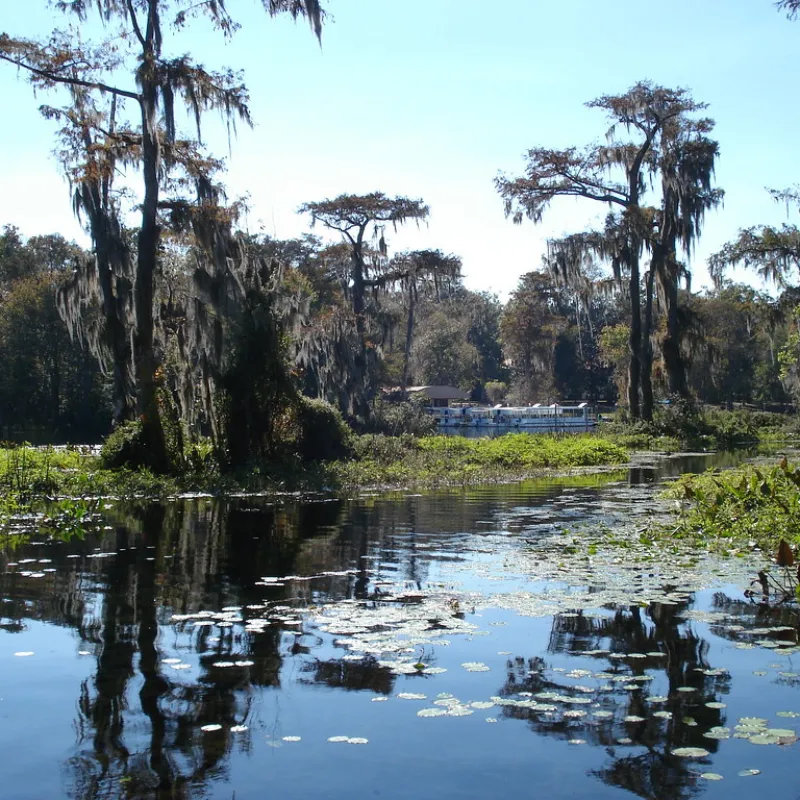
Wakulla Springs State Park is one of Florida’s hidden gems, boasting one of the largest and deepest freshwater springs in the world. Located near Tallahassee, this park serves as a portal to both natural beauty and historical richness. The springs have drawn people for thousands of years, offering not only cool, refreshing waters but also a window into Florida’s diverse ecosystems.
- Location: 465 Wakulla Park Drive, Wakulla Springs, FL 32327
- Hours: Open daily from 8:00 AM to sundown.
- Cost: $6 per vehicle (2 to 8 passengers), $4 for single occupant vehicles, $2 for pedestrians or bicyclists.
Today, the park is a sanctuary for a wide array of wildlife, including manatees in winter and a variety of bird species year-round. With activities ranging from swimming to wildlife watching, Wakulla Springs is a perfect spot for nature enthusiasts and families seeking a peaceful retreat from the bustling city life.
2. Paynes Prairie Preserve
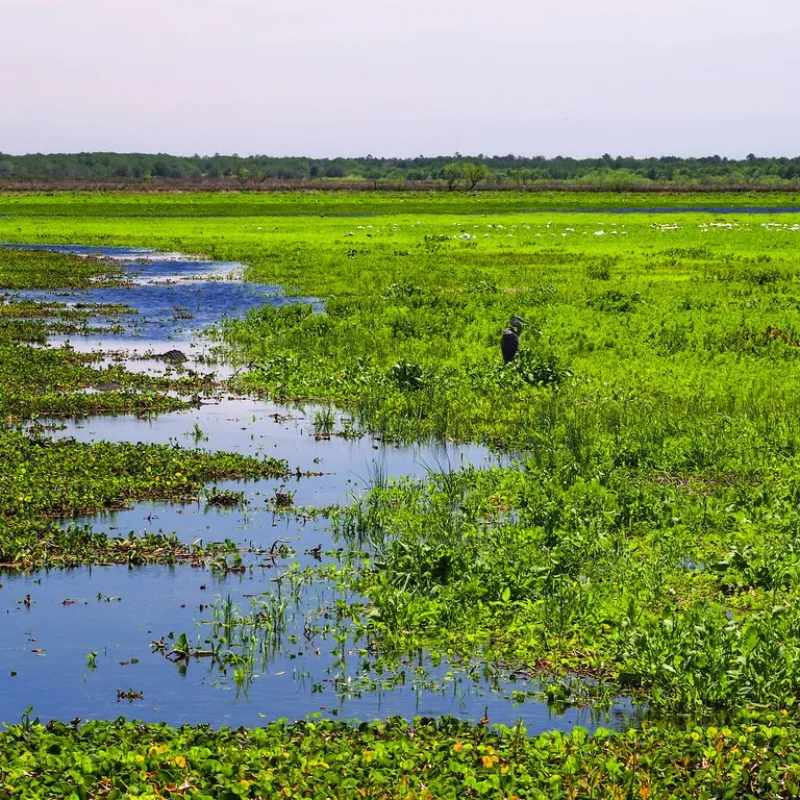
Paynes Prairie Preserve State Park is a unique Floridian treasure, recognized as Florida’s first state preserve and designated as a National Natural Landmark. Located just south of Gainesville, this park is an ecological marvel, featuring a vast expanse of grassy fields and wetlands that offer a stark contrast to the typical sandy beaches and palm trees of Florida.
- Location: 100 Savannah Blvd, Micanopy, FL 32667
- Hours: Open daily from 8:00 AM to sundown.
- Cost: $6 per vehicle (2 to 8 passengers), $4 for single occupant vehicles, $2 for pedestrians or bicyclists.
This diverse habitat supports a rich variety of wildlife and provides an exceptional snapshot of Florida’s natural history. Visitors to Paynes Prairie can expect to see an array of wildlife, including herds of wild horses and bison, alligators, and over 300 species of birds. The park offers hiking on numerous trails, biking, horseback riding, and bird watching from observation platforms.
3. Fakahatchee Strand Preserve
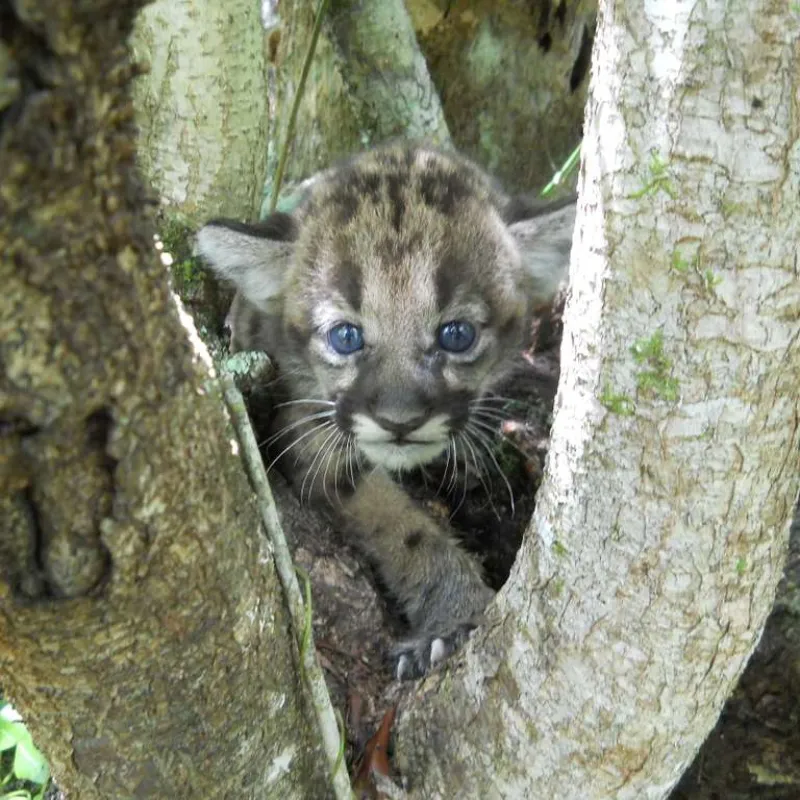
Fakahatchee Strand Preserve State Park, often called the “Amazon of North America,” offers an extraordinary peek into a wild, swampy paradise that rivals tropical rainforests. This park, the largest state preserve in Florida, harbors a rich biodiversity unseen anywhere else in the U.S. It’s a haven for rare and endangered species, providing a lush backdrop for adventurers and nature enthusiasts alike.
- Location: 137 Coastline Drive, Copeland, FL 34137
- Hours: Open daily from 8:00 AM to sundown.
- Cost: $3 per vehicle.
Explore the park’s unique features like the ghost orchid, Florida panther, and diverse bird populations. Activities range from guided swamp walks to bird-watching and hiking along trails that cut through the heart of this wetland wilderness. This park is a must-visit for anyone eager to experience Florida’s wild side.
4. Falling Waters
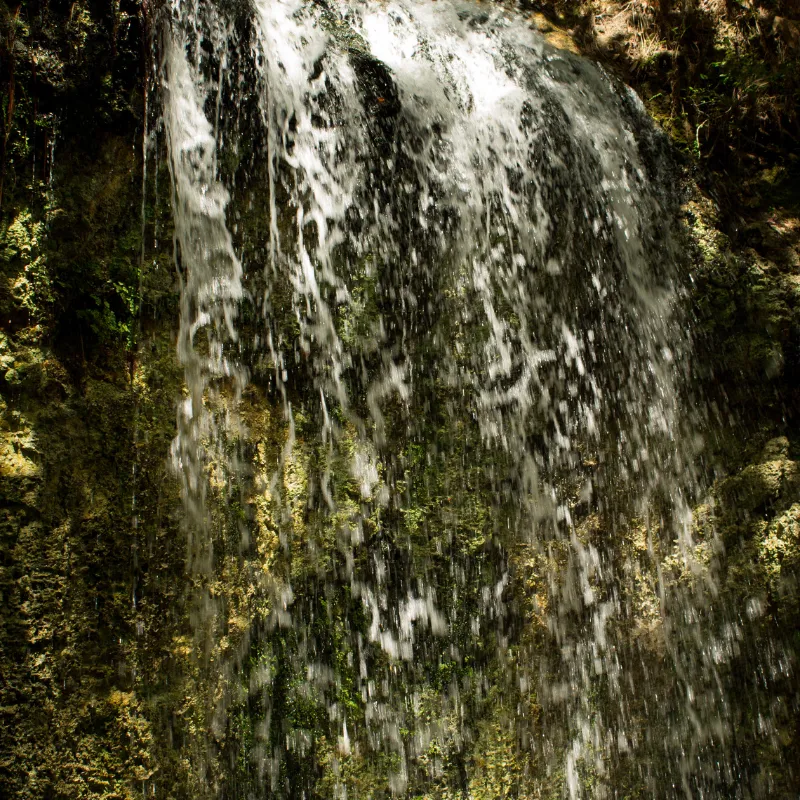
Falling Waters State Park, nestled just 4 miles south of downtown Chipley, is famous for boasting Florida’s tallest waterfall—a breathtaking 73-foot drop. This peaceful retreat lies conveniently south of Interstate 10, making it an easy and rewarding detour for travelers.
The journey through the park is highlighted by the Sink Hole Trail, where a boardwalk meanders among massive trees and sinkholes draped in ferns. This path leads visitors to the intriguing Falling Waters Sink, a cylindrical pit 100 feet deep and 20 feet wide.
- Location: 1130 State Park Road, Chipley, FL
- Hours: Daily from 8 AM until sunset.
- Cost: $5 per vehicle (2-8 people), $4 for single occupants, $2 for pedestrians and bicyclists.
Beyond the dramatic waterfall and mysterious caves, the park is a haven for Florida state parks wildlife watching experience. Its seepage slopes nurture diverse species, including carnivorous pitcher plants and exotic terrestrial orchids. The caves shelter various bats and crickets, while a vibrant butterfly garden hosts both native and migratory butterflies.
5. O’Leno
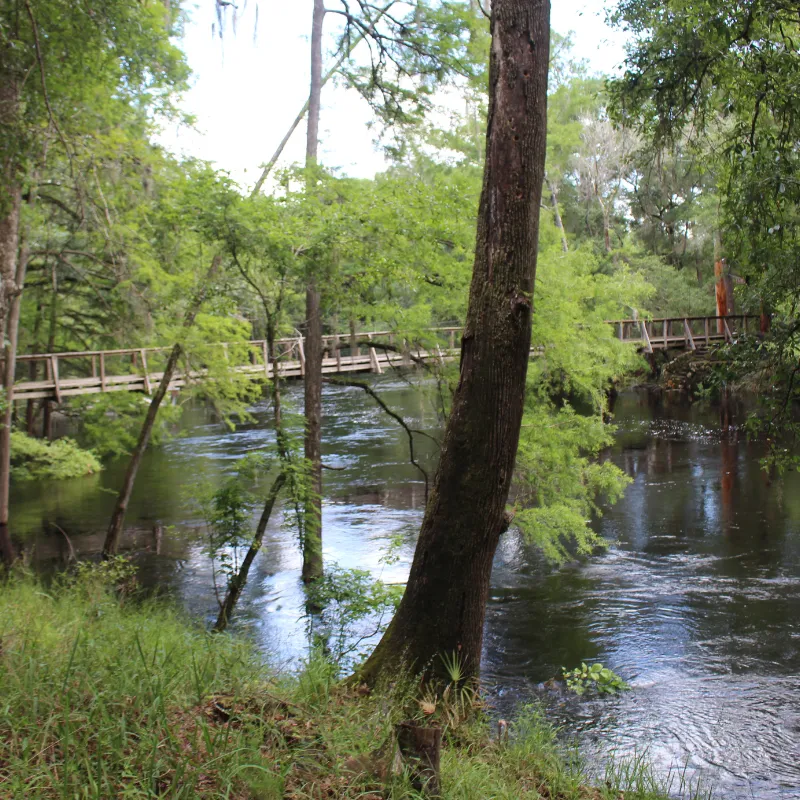
O’Leno State Park, nestled along the Santa Fe River in High Springs, is a place where nature performs magic. Here, just steps from the main parking lot, the river disappears underground, traveling through limestone caves 140 to 180 feet below the surface before reemerging 3 miles away at River Rise Preserve State Park. This phenomenon is especially dramatic when the river forms a whirlpool as it vanishes underground.
- Location: 410 S.E. O’Leno Park Road, High Springs, FL
- Hours: Daily from 8 AM to sunset.
- Cost: $5 per vehicle (2-8 people), $4 for single occupants, $2 for pedestrians and bicyclists.
The park, named after the historic town of Leno, echoes its past with remains and stories of a bustling 19th-century community. Developed in the 1930s by the Civilian Conservation Corps, O’Leno is one of Florida’s oldest state parks, featuring trails, a museum, and a historic suspension bridge.
6. St. Lucie Inlet Preserve
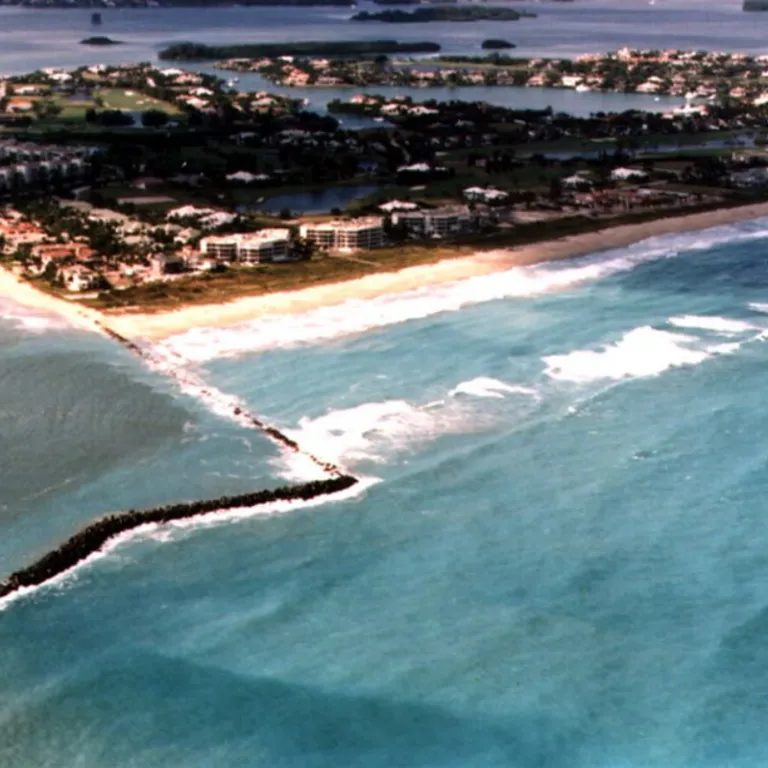
St. Lucie Inlet Preserve State Park offers a unique adventure on Florida’s east coast. Accessible only by water, this barrier island features a 4.2-mile kayaking trail through lush mangrove estuaries and maritime hammocks, leading to a secluded beach. Since its opening in 1969, the park has become a haven for bird watchers, housing species like great blue herons and brown pelicans.
- Location: End of Cove Road at the Intracoastal Waterway, accessible only by boat.
- Hours: Daily from 8 AM to sunset.
- Cost: $3 per boat; $2 per canoe/kayak (use the honor box, exact change needed).
This park is a critical nesting ground for sea turtles such as loggerheads and leatherbacks, especially in the summer. For kayakers, navigating the park depends on the tides, with options to start from the north or south based on tidal conditions.
7. Torreya
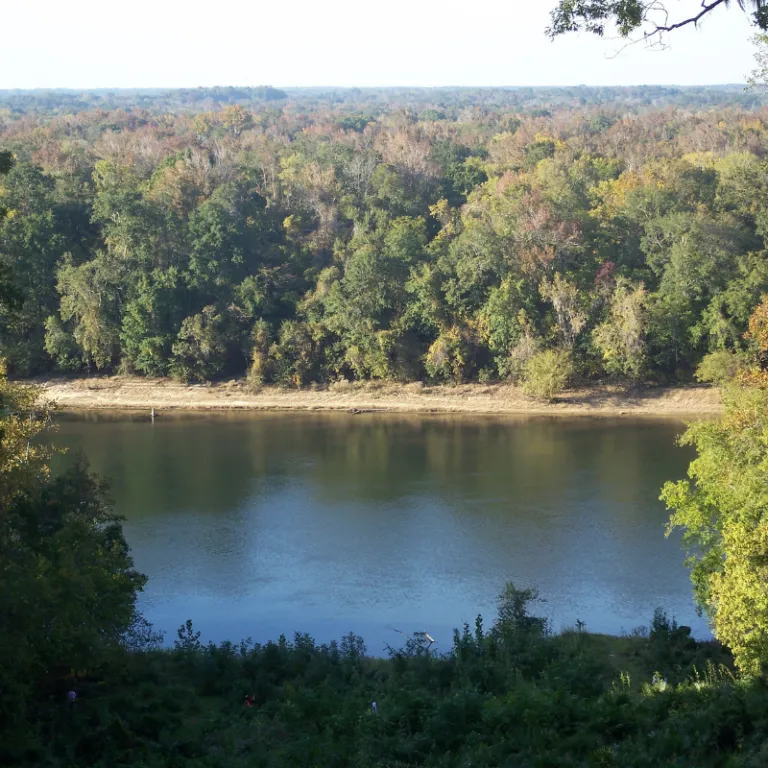
Torreya State Park, located west of Tallahassee, is distinguished by its rare Torreya trees, found only along the Apalachicola River’s high bluffs. This park offers Florida’s most stunning display of fall colors, thanks to its dense hardwood forests. Named after the Torreya tree, the park’s rich history is highlighted by its Civilian Conservation Corps origins in the 1930s. It houses historical sites such as six Confederate gun pits and an antebellum cotton warehouse, enhancing its historical allure.
- Location: 2576 N.W. Torreya Park Road, Bristol, FL
- Hours: Open daily from 8 AM until sunset.
- Cost: $3 per vehicle or motorcycle, $2 per pedestrian or bicyclist.
The park is a haven for over 100 species of birds and hosts a diverse range of rare and endemic plants and animals. These species are more typically found in northern climates, making Torreya State Park a unique spot for wildlife watching in Florida.
8. Washington Oaks Gardens
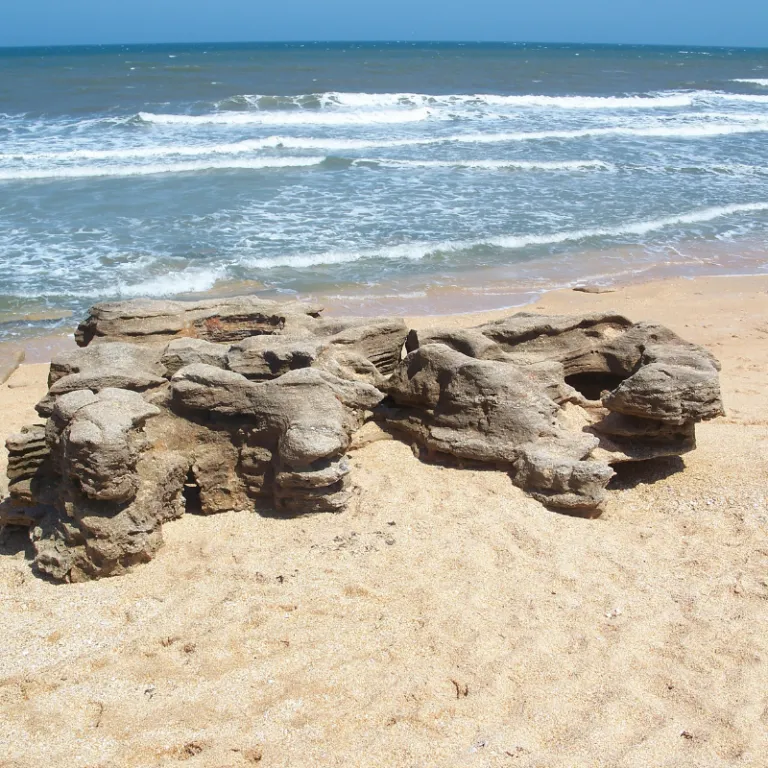
Washington Oaks Gardens State Park, situated along Florida’s east coast, is a marvel for Florida state parks wildlife watching experience. This park is famed for its unique shoreline adorned with ancient coquina rock formations and a 20-acre botanical garden. The gardens, originally designed by Owen and Louise Young in the late 1930s, showcase an array of azaleas, camellias, and bird of paradise flowers under the canopy of 200-year-old oak trees draped in Spanish moss.
- Location: 6400 N. Oceanshore Blvd., Palm Coast, FL
- Hours: Daily from 8 AM until sunset.
- Cost: $5 per vehicle (2-8 people), $4 for single occupants, $2 for pedestrians and bicyclists.
The Youngs’ former winter home, facing the Matanzas River, stands as a testament to their vision of blending native and exotic plants with Asian design elements. After Owen’s death in 1964, Louise donated the land to the state, ensuring the gardens’ preservation and expansion.
9. Hontoon Island
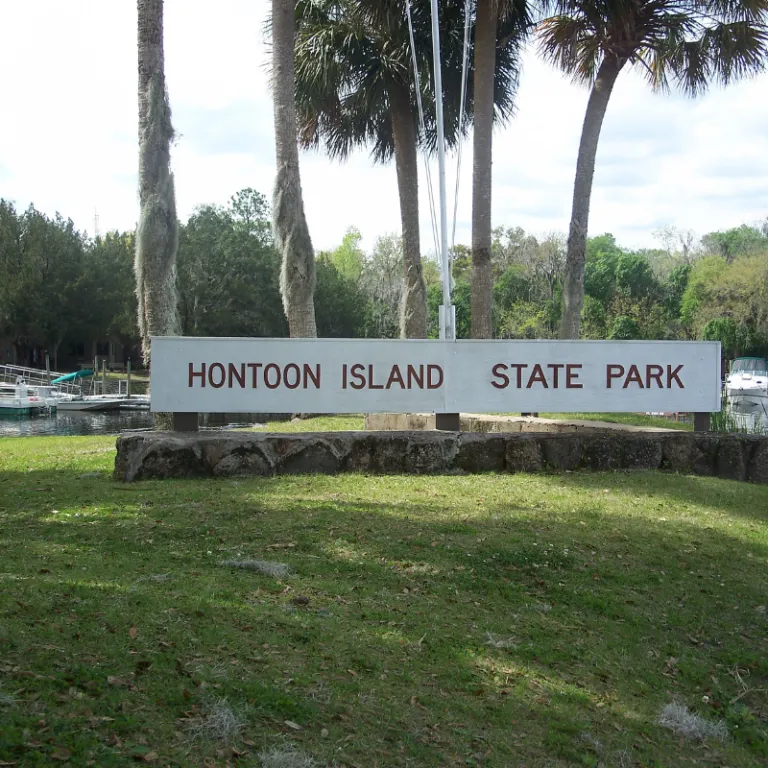
Hontoon Island State Park is a unique 1,650-acre oasis located in the St. Johns River in Florida, accessible only by private boat or a park-operated ferry. This inland island, surrounded by the St. Johns River to the north and east, and by the Dead River and Snake Creek to the west and south, offers a rare blend of serenity and adventure.
Established in the 1970s and named after William Hunton, an early landowner from the 1860s, Hontoon Island has a rich history. Archaeological finds, such as shell mounds and artifacts, reveal that Native Americans inhabited this area for over 12,000 years.
- Location: 2309 River Ridge Road, DeLand, FL
- Hours: Daily from 8 AM until sunset. The ferry operates from 8 AM until an hour before sunset.
- Cost: Free entry
The park features 8 miles of hiking trails, including the 3-mile round trip Hammock Hiking Nature Trail leading to an Indian Shell Mound. Visitors can spot diverse wildlife like turkeys, alligators, deer, and otters, and view a replica of an ancient owl totem originally made by the Timucua tribe.
10. Florida Caverns
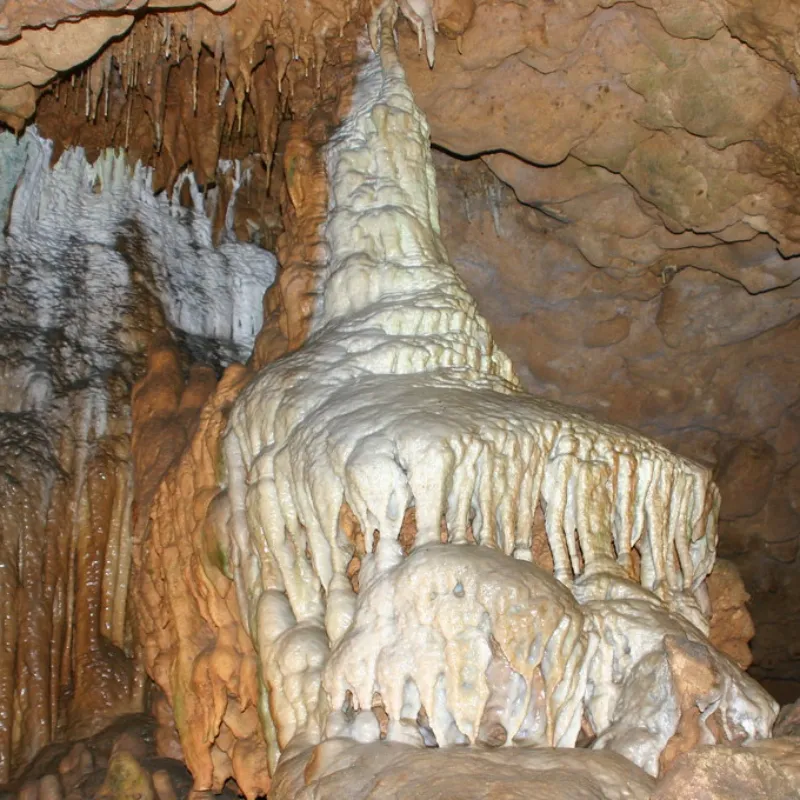
Florida Caverns State Park, located in North Florida, stands out as the only state park offering public tours of its awe-inspiring caves. Here, visitors can explore stunning formations like stalactites, stalagmites, and flowstones created naturally over millions of years.
This geological wonder began forming about 38 million years ago when the region was submerged under the sea. As sea levels fell, the limestone formed from shells, coral, and sediments, which was later carved by acidic groundwater to create today’s cave passages.
- Location: 3345 Caverns Road, Marianna, FL
- Hours: Park open daily from 8 AM until sunset. Cave tours from 9 AM to 4:30 PM, Thursday through Monday.
- Cost: $5 per vehicle (2-8 people), $4 for single occupants, $2 for pedestrians and bicyclists. Cave tours are $10.75 for ages 13 and older, $5 for ages 3-12, and free for ages 2 and under.
Notably, marks from the 1930s Civilian Conservation Corps are visible, showing where workers manually expanded these caves for tours and built the park’s visitor center. The park’s diverse karst terrain supports unique ecosystems, providing a home for creatures like blind cave crayfish, cave salamanders, and bats. Above ground, visitors might spot Sherman’s fox squirrels, white-tailed deer, and other wildlife.
Why Visit These Hidden Treasures?
Visiting lesser-known parks offers numerous benefits and unique experiences that you might miss at more popular tourist destinations:
- Less Crowded: These parks often have fewer visitors, which means more space and quiet for you to enjoy nature. This makes it easier to relax, take photos without interruptions, and truly connect with the natural surroundings.
- Unique Experiences: Hidden parks have their own unique landscapes, wildlife, and activities that aren’t found elsewhere. Whether it’s exploring underground caves, walking through ancient forests, or spotting rare wildlife, these places offer adventures that stand out from typical tourist activities.
- Discovering New Places: Stepping off the beaten path can lead to discovering incredible new places that many people don’t know about. This can make your visit feel more special and personal.
- Preserving Nature: By visiting lesser-known parks, you help support the maintenance and preservation of these beautiful areas, which is vital for biodiversity and environmental health.
Adventure Awaits
Venturing into Florida’s lesser-known state parks is like uncovering hidden chapters of a grand adventure book. Each park offers a unique story with breathtaking landscapes and vibrant ecosystems.
By choosing these tranquil retreats over crowded tourist hubs, you’re not just crafting memorable experiences—you’re also champions of conservation.
Let’s continue to tread lightly and respect these natural sanctuaries, ensuring their stories captivate and inspire for generations to come. Embrace the call of the wild and become a guardian of nature’s secrets.

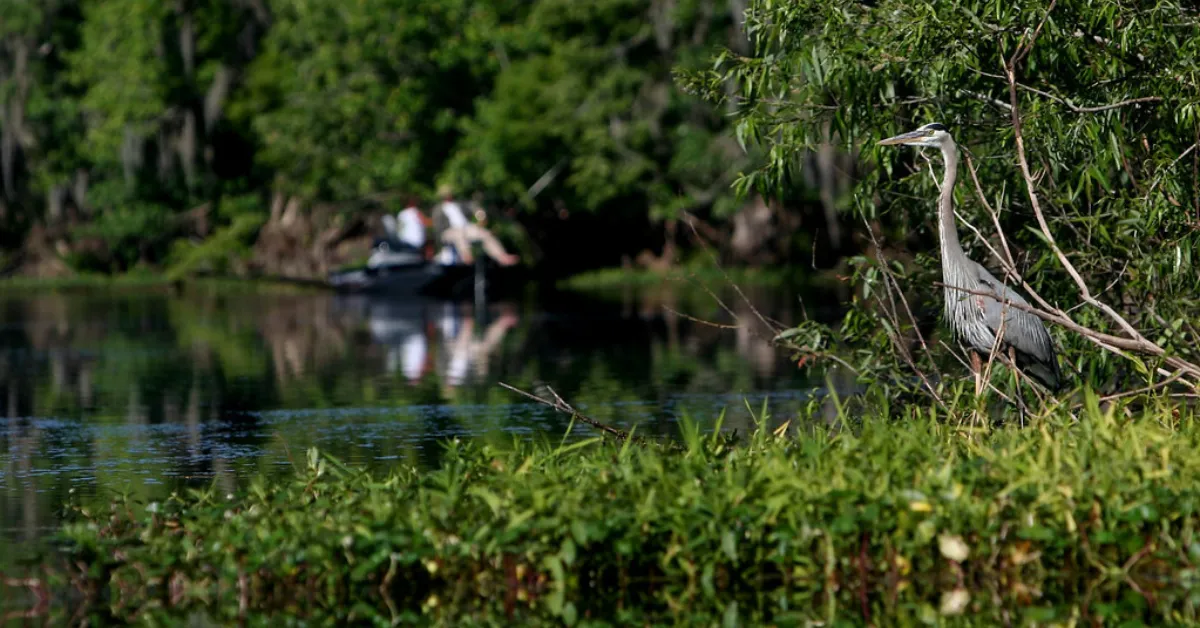

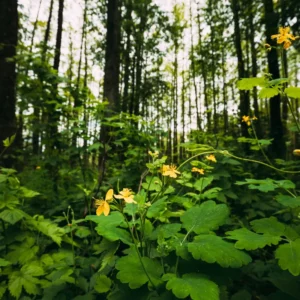
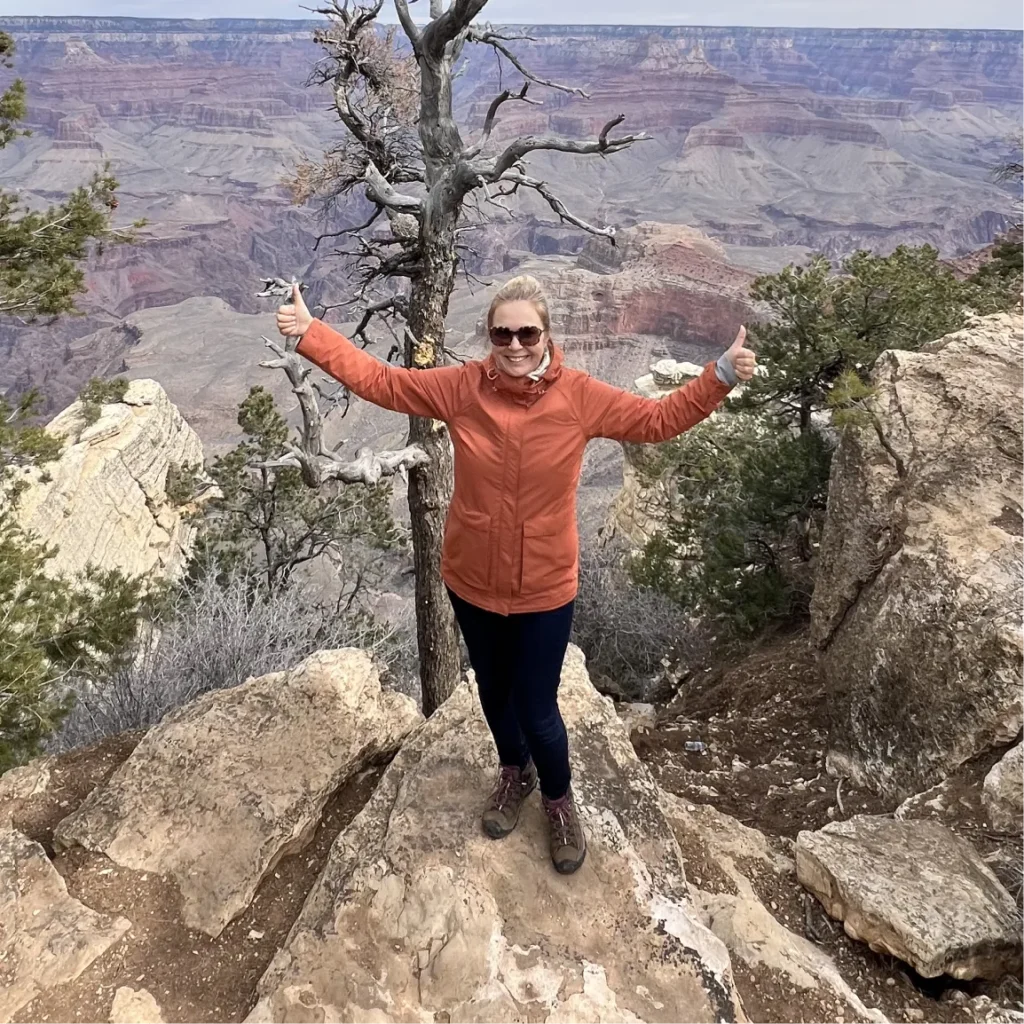
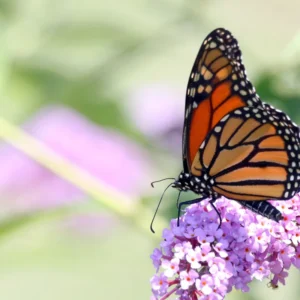
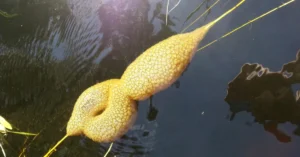
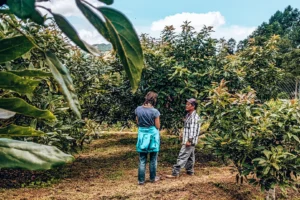
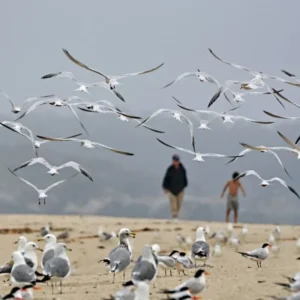


3 thoughts on “Top 10 Hidden Florida State Parks For Wildlife Watching”
So excited to check out Wakulla Springs! Any tips on the best time of year to visit for photography, Julia?
Jen, have you been before? Early morning or late afternoon is usually the best light for photos. Plus, wildlife is more active!
Thanks, TommyG! First time planning. Appreciate the tip.